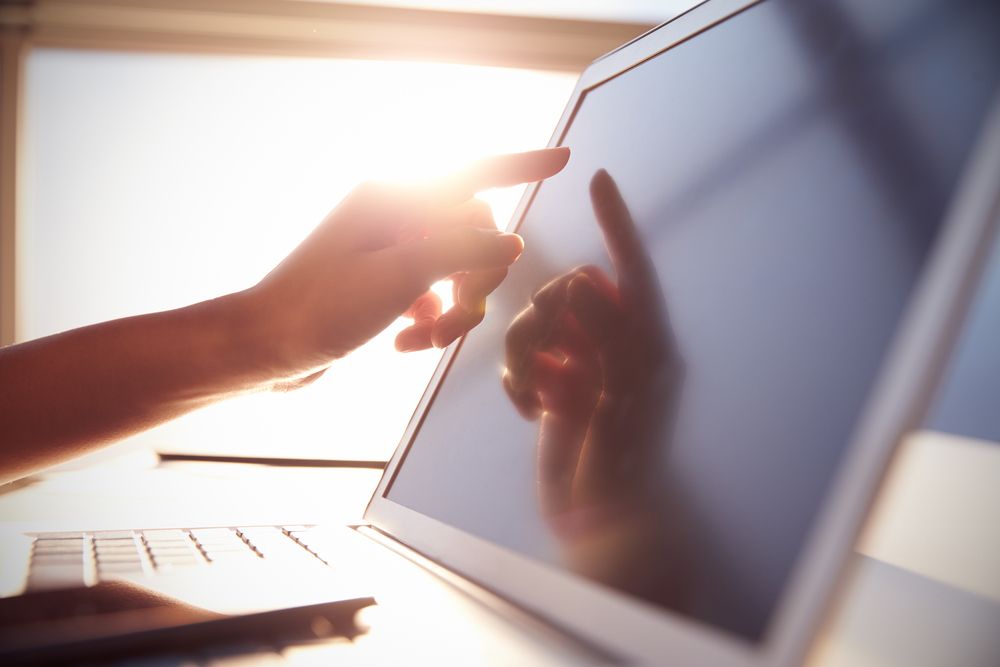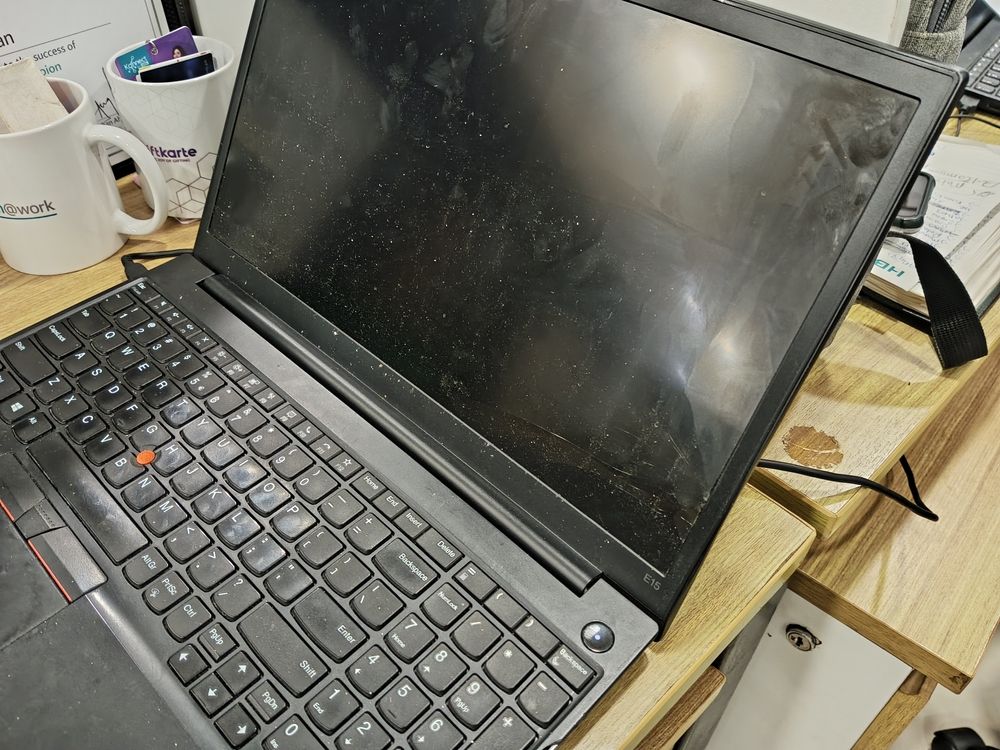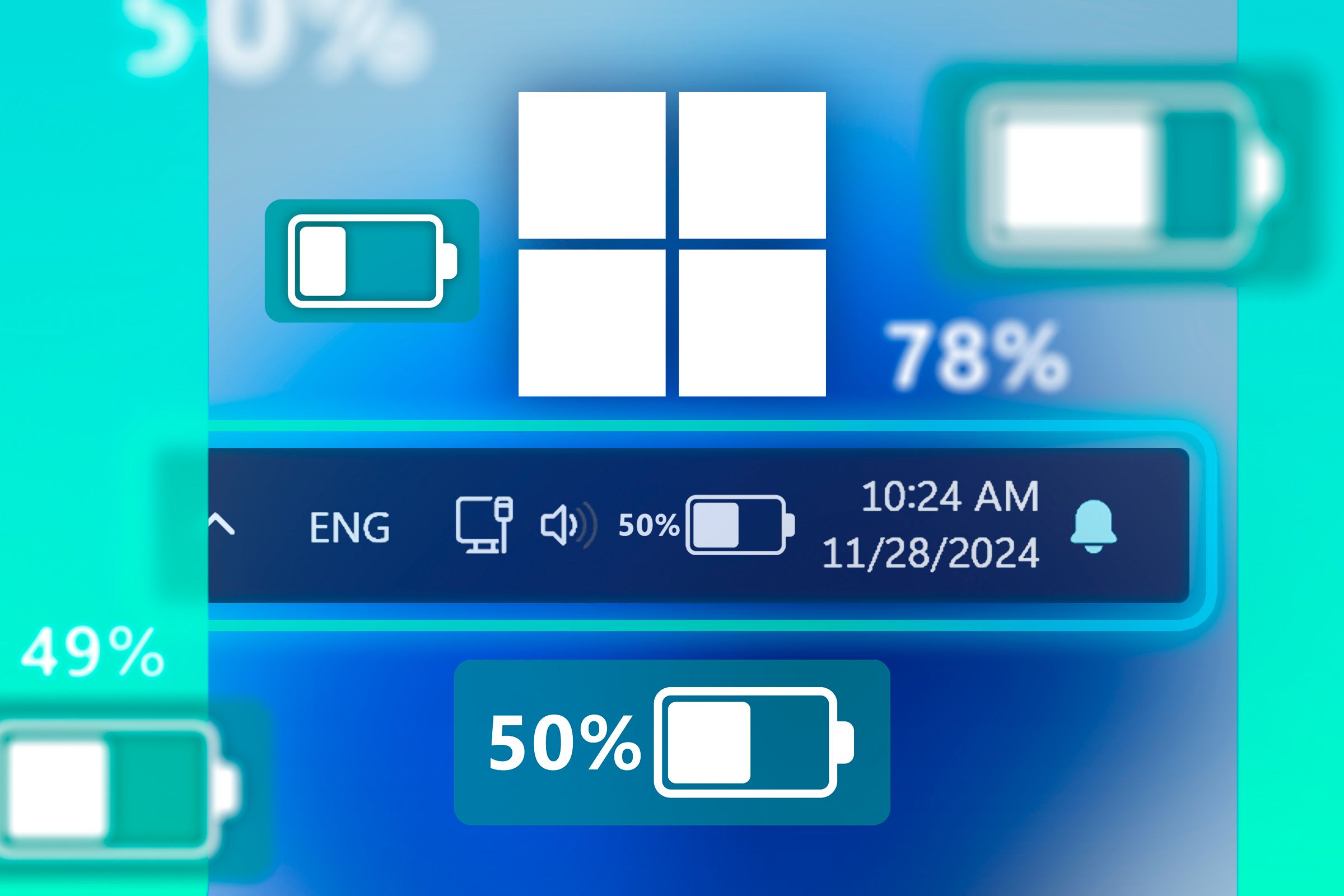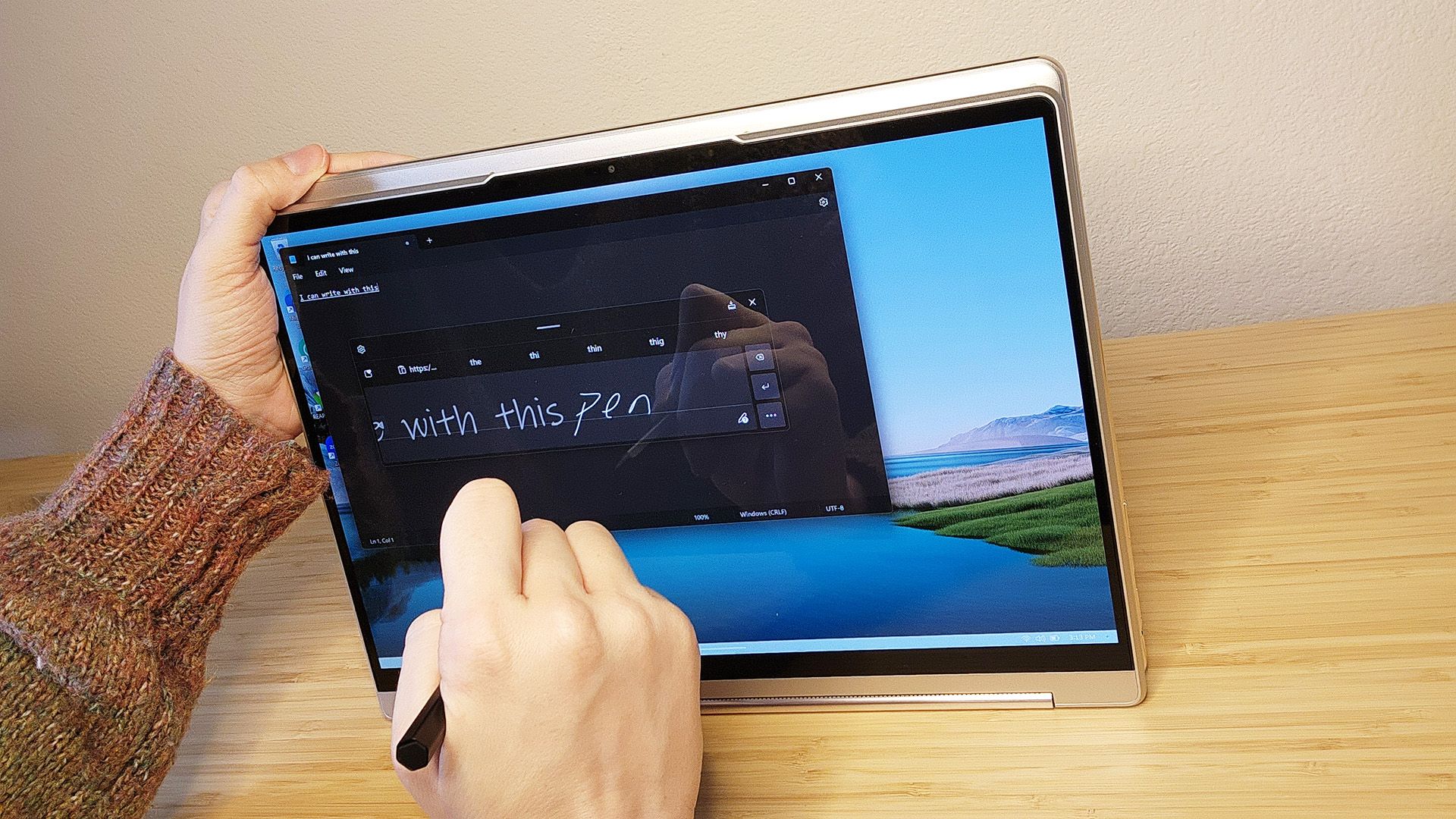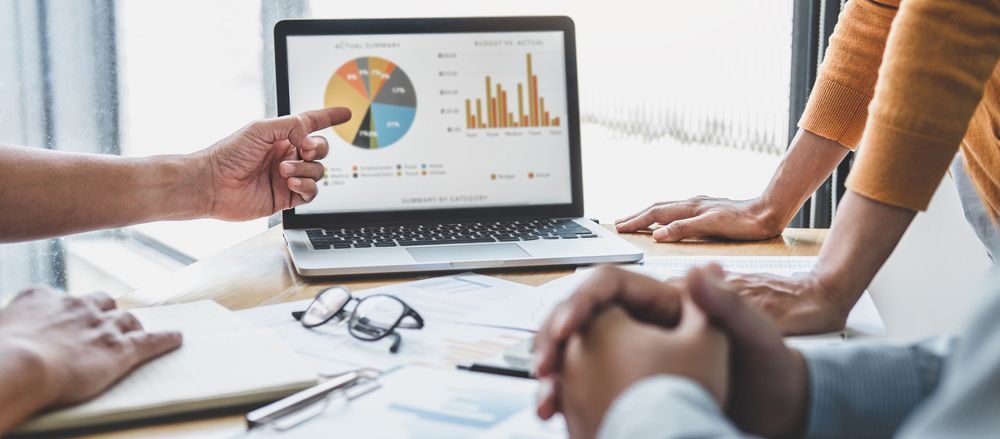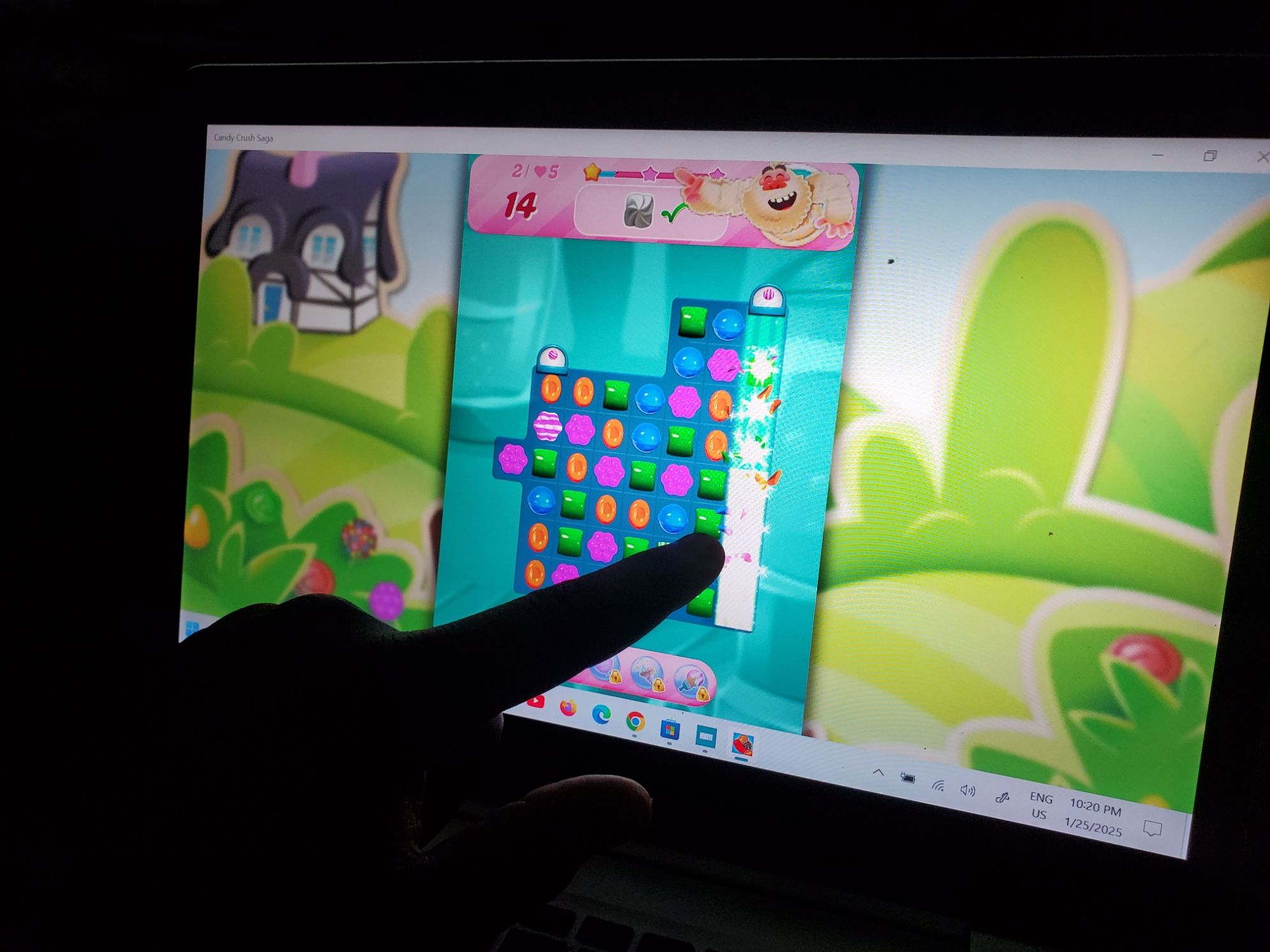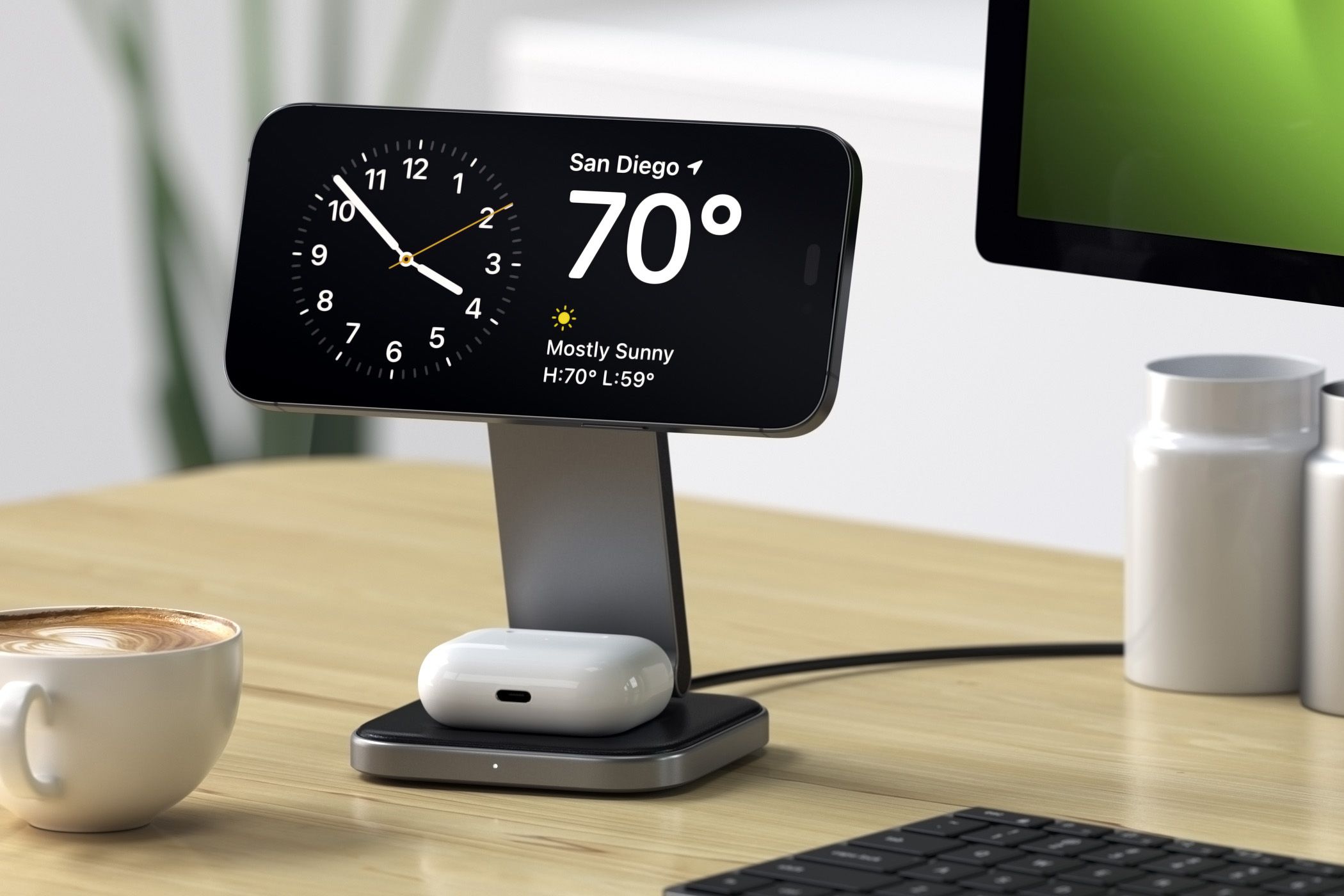Do You Really Need a Touchscreen on Your Windows PC?
Quick Links
-
They Are Usually More Expensive
-
Not All Touchscreens Are Made Equal
-
Glossy Screens Are a Smudge Magnet
-
Touchscreens Can Drain Battery Life Faster
-
You Might Not Use It as Much as You Think
-
Who Actually Benefits from Touchscreen PCs?
-
Do Touchscreens Add Value to Gaming on Windows PCs?
Summary
- Touchscreen laptops are more expensive, prone to costly repairs if damaged, and can drain battery life faster due to constant digitizer activity.
- The quality of touchscreens varies widely, with budget models often lacking responsiveness, while glossy screens attract smudges that can be distracting compared to easier-to-maintain matte displays.
- Touchscreens are most beneficial for specific tasks like sketching, note-taking, or presentations but may go underutilized for general use, making them more of a luxury than a necessity for many people.
Touchscreens have become so common on gadgets these days that it’s easy to assume they’re a must-have feature—on phones, tablets, and even car navigation units. But when it comes to Windows laptops, the question becomes whether they’re worth it or not.
They Are Usually More Expensive
Touchscreen PCs almost always cost more than their non-touch equivalents. Even if the price difference doesn’t seem huge upfront, you could put that extra money toward other upgrades that might matter more, like a faster processor, more RAM, or a better GPU.
And it doesn’t end there. If your touchscreen cracks or breaks, the cost of replacing it is significantly higher than fixing a regular display.
Not All Touchscreens Are Made Equal
The quality of touchscreen displays on laptops can vary by a lot. Some are buttery-smooth and responsive, while others can feel sluggish and glitchy—almost like they’re not quite sure if you meant to tap or just hover awkwardly. This is especially true on budget laptops, where corners are often cut to keep costs low.
If you’re going to invest in a touchscreen Windows PC, make sure it’s from a trusted brand with good reviews on screen responsiveness. There’s nothing more frustrating than having to jab your screen twice just to get it to register a simple command. And while you’re at it, pay attention to the screen resolution. A touchscreen with a low resolution (like 1366×768) will look pixelated and outdated, which kind of defeats the whole futuristic laptop vibe.
Glossy Screens Are a Smudge Magnet
No matter how clean your fingers are, with a few too many swipes or taps, your screen will inevitably end up looking like a toddler’s art project. And while it’s easy to ignore smudges on your phone, on a larger laptop screen, those greasy fingerprints can be really distracting—especially if you’re working in bright light or trying to watch a movie.
Yes, you can keep a microfiber cloth handy to wipe it down every 30 minutes (and you definitely should), but if you get annoyed by any kind of screen grime, this is something to think about. A non-touch matte screen, on the other hand, is far less prone to smudging and generally easier to keep clean.
Touchscreens Can Drain Battery Life Faster
Touchscreens arguably consume more power than their non-touch counterparts. The reason for that is that the digitizer (the tech that makes the touchscreen touchable) is always on and ready to register your taps, swipes, and inevitable accidental touches. Even if you’re not actively using the touchscreen, it’s still sipping away at your battery juice in the background.
Hence, if you rely on your laptop for long workdays, classes, or travel, this could be a bigger deal. Sure, you could carry around a charger, but doesn’t that kind of defeat the whole “portable” part of a laptop?
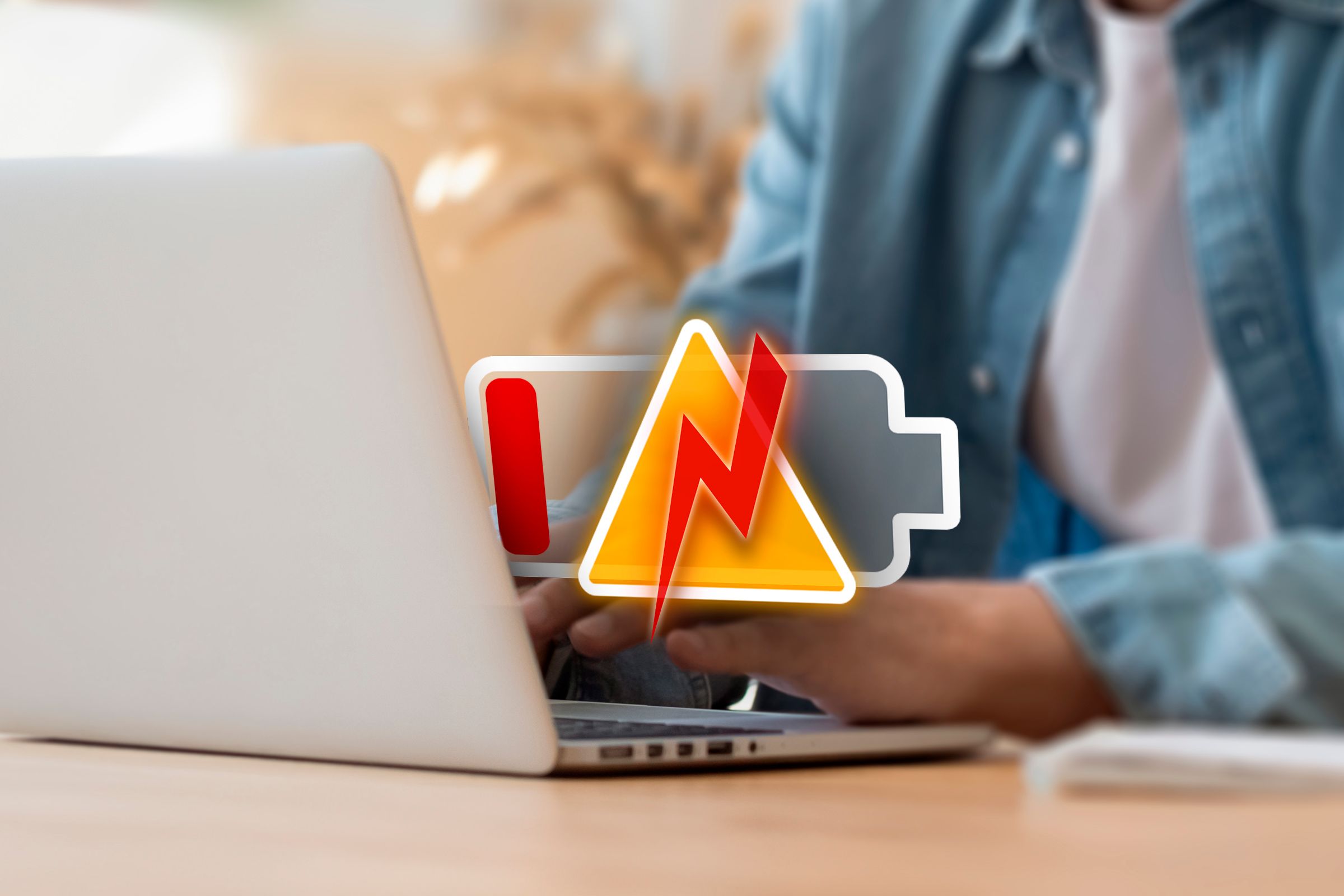
My Windows Laptop Was a Battery Hog Until I Made These Changes
Tired of always running for an outlet and charger?
You Might Not Use It as Much as You Think
Many people buy a touchscreen PC thinking they’ll use the feature all the time… only to realize later that they barely touch (pun intended) it. It’s easy to imagine yourself swiping through documents, zooming in on photos, or sketching out ideas with a stylus. But unless you have a specific use case—like those I’ll get to later on—you might find yourself sticking to the good old keyboard and trackpad.
I’ve seen this happen to so many people (myself included). At first, the touchscreen is exciting, and you use it for every little thing. But after a week or two, you realize it’s just as easy—if not easier—to use the traditional input methods you’re already used to. The touchscreen ends up being more of a “nice-to-have” feature than a necessity.
Who Actually Benefits from Touchscreen PCs?
Touchscreen PCs aren’t for everyone, but when they do fit your workflow, they are likely to fit perfectly. For instance, if your day-to-day involves sketching, designing, or photo editing, a touchscreen laptop, especially when paired with a stylus, can feel like a revelation. Programs like Adobe Photoshop and Illustrator become infinitely more intuitive when you are able to draw directly on the screen. I mean, would you rather try to sketch a portrait using a mouse or just use your hand like you would with paper?
Then there are note-takers like students, researchers, or anyone who swears by the pen-and-paper method of locking ideas into memory. Typing is great, but sometimes, writing things out by hand helps you remember them better. With a touchscreen, you can jot down notes directly onto your screen using apps like OneNote or Evernote, organize them digitally, and never worry about losing them (since the chance of losing your PC is slimmer than losing a physical notebook).
Another category of people who I think would find touchscreens working wonders is professionals who constantly need to navigate spreadsheets, charts, and presentations. If you’ve ever tried to highlight a chart or annotate a presentation with a trackpad in the middle of a meeting, you’ll understand the struggle. With a touchscreen, everything suddenly feels… effortless. Tap, zoom, swipe—done. Likewise, if you often need to sign documents or make quick annotations, it’s as simple as scribbling with your finger or a stylus. There’s a certain confidence that comes with interacting directly with your screen, even when you’re improvising.
There are also those like me who simply love the idea of interacting with their PC the same way they do with their smartphones or tablets. I have a touchscreen HP EliteBook (a really good convertible 2-in-1 PC in my books), and I often flip it into tablet mode to e-read or binge-watch movies, especially when I lie on the bed or a couch. I have found that there’s something oddly satisfying about the precision you get from tapping and scrolling on the screen to control media playback instead of wrestling with a trackpad.
Do Touchscreens Add Value to Gaming on Windows PCs?
Not usually, but it depends on the type of games you’re playing and how you like to play them. When it comes to traditional PC gaming, such as first-person shooters, real-time strategy games, or MMORPGs, in most cases, gaming by tapping or swiping on a touchscreen is likely to feel awkward and imprecise. It just can’t compete with the speed, accuracy, and comfort of traditional peripherals like the mouse, keyboard, or gaming controller.
That said, touchscreens do have their place in the gaming world—but mainly for casual or mobile-style games, which you will readily find on the Microsoft Store. For instance, if you’re into puzzle or point-and-click titles like Candy Crush or Microsoft Solitaire, a touchscreen can make the experience feel more natural and fun. These games are often designed for phones or tablets, so playing them on a touchscreen PC feels like a natural extension of what you’d do on your smaller devices. It’s not groundbreaking, but it’s a nice perk if these types of games are your vibe.









